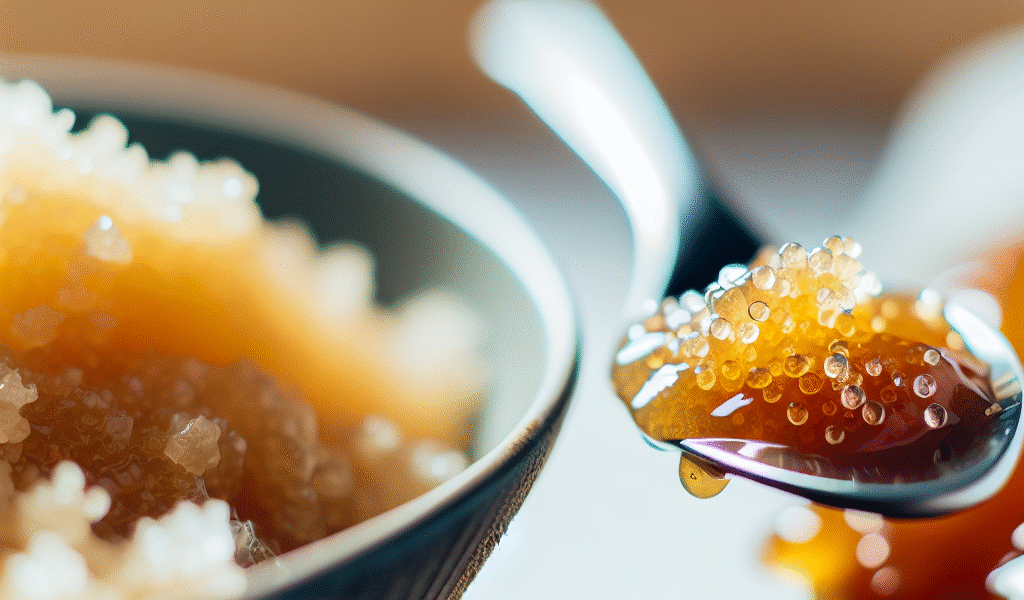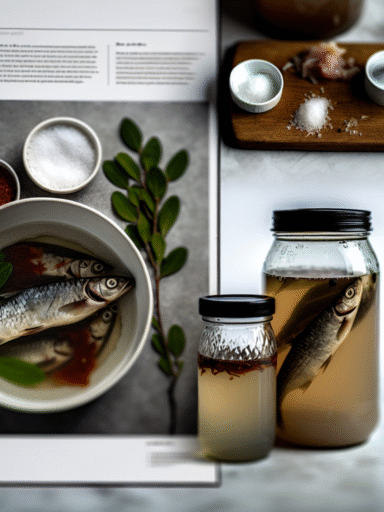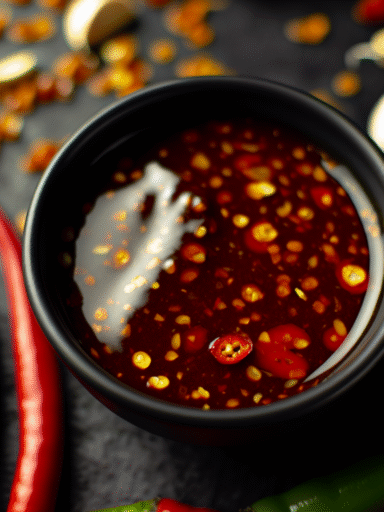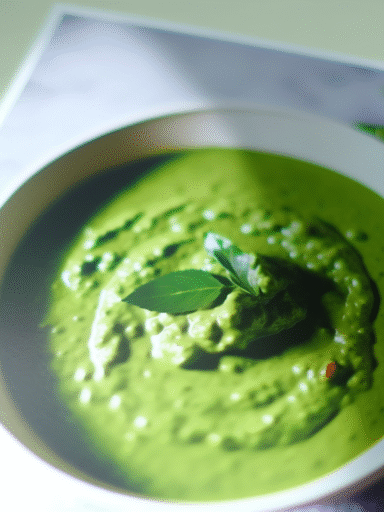Hoisin Sauce
If you’ve ever wondered what gives many Asian dishes that rich, sweet, and savory oomph, hoisin sauce is often the secret weapon. This beloved condiment brightens stir-fries, marinades, and dipping sauces with its complex, tangy flavor. Today, we’re diving into how to make your own hoisin sauce from scratch — perfect for those who crave that authentic taste with a homemade twist.
Tags / Categories
- Flavor Profile: Sweet, salty, tangy, slightly smoky
- Main Ingredients: Fermented soybeans, garlic, sugar, vinegar, Chinese five-spice
- Region: East Asia, particularly Chinese cuisine
- Usage: Marinades, dipping sauce, glaze, stir-fry sauce
Quick Info Box
- Prep Time: 10 minutes
- Cook Time: 5 minutes
- Total Time: 15 minutes
- Difficulty Level: Easy
- Yield: Approximately 1 cup (240 ml)
Ingredients List
- 4 tablespoons fermented soybeans or miso paste (for a milder note)
- 2 tablespoons soy sauce
- 1 tablespoon smooth peanut butter or black bean paste
- 1 tablespoon honey or brown sugar
- 2 teaspoons white vinegar (rice vinegar works great too)
- 1 teaspoon sesame oil
- 2 garlic cloves, minced
- 1 teaspoon Chinese five-spice powder
- ½ teaspoon freshly ground black pepper
- Optional: 1 teaspoon chili paste for a spicy kick
Instructions
- Start with your base: In a small saucepan over low heat, add the fermented soybeans or miso paste and soy sauce. Stir gently until it forms a smooth mixture. Don’t stress if it’s a little chunky—that’s part of the charm.
- Sweeten things up: Mix in the peanut butter or black bean paste, honey (or brown sugar), and white vinegar. These layers create the classic hoisin balance between sweet and tangy.
- Flavor lift: Add the minced garlic, sesame oil, Chinese five-spice powder, and black pepper. This is where your kitchen starts smelling fantastic—take a deep breath!
- Heat and blend: Keep stirring gently over low heat for about 3–5 minutes, allowing the flavors to meld. If you want that spicy touch, now’s the time to stir in that chili paste.
- Cool and store: Remove from heat, let it cool, then transfer to a clean jar or bottle. Your hoisin sauce is ready to transform any dish.
Serving Suggestions
Hoisin sauce is incredibly versatile. Here are a few ways to enjoy it:
- As a tangy glaze for grilled pork or chicken — brush it on in the last few minutes of cooking for a glossy finish.
- Mixed into your stir-fry for a deep, umami punch.
- A dipping sauce for fresh spring rolls or dumplings; just mix it with a touch of lime juice and crushed peanuts for extra zest.
- Spread inside banh mi sandwiches for an added layer of flavor.
Origin & History
Hoisin sauce has roots in southern Chinese cuisine, particularly Cantonese cooking. The word “hoisin” actually means “seafood” in Cantonese, though ironically, the sauce contains no seafood but is used frequently in dishes involving pork or duck. Traditionally made from fermented soybeans, it emerged as a way to add richness and sweetness to meat dishes without overpowering them. It’s been a staple in kitchens for centuries, evolving now into the modern, widely popular condiment you find in supermarkets around the world.
Variations & Substitutions
If you’re experimenting or catering to dietary needs, here are a few ideas:
- Vegan/Vegetarian: Use miso paste instead of fermented soybean paste to keep it plant-based.
- Lower Sugar: Swap honey or brown sugar for natural sweeteners like stevia or maple syrup, adjusting to your taste.
- Regional Twists: Some recipes add hoisin with plum sauce or garlic chili paste to deepen or brighten the flavor.
- No Peanut Butter? Substitute tahini or omit for a cleaner taste — the sauce still shines.
Storage & Make-Ahead Tips
Once your hoisin sauce is made, it’s best stored in an airtight container or jar in the fridge. It keeps beautifully for up to 3 weeks, giving you plenty of time to experiment with it in your meals. Don’t freeze, as the texture can separate on thawing. When using it, you can gently warm it up or use it straight from the fridge — it’s delicious either way.
Nutritional Information
Approximate values per 2 tablespoons (30g) serving:
- Calories: 60
- Protein: 2g
- Fat: 3g (mostly from sesame oil and peanut butter)
- Carbohydrates: 7g (includes sugars)
- Fiber: 1g
- Sodium: Moderate to high (from soy sauce and fermented beans)
Related Sauces / Try Next
- Plum Sauce — Another sweet and tangy companion to Asian cuisine.
- Soy-Ginger Dipping Sauce — Bright, light, and perfect for dumplings.
- Szechuan Chili Paste — For when you want to crank up the heat.
FAQ
Is hoisin sauce gluten-free?
Most traditional hoisin sauces contain soy sauce, which has gluten. For a gluten-free version, use tamari or a gluten-free soy sauce alternative when making your own.
Can I substitute hoisin sauce in recipes?
If you don’t have hoisin sauce on hand, try mixing soy sauce with a bit of peanut butter, honey, garlic, and five-spice to approximate its flavor. It won’t be exact but it’ll do in a pinch.
Why is my homemade hoisin sauce thick and sticky?
That’s totally normal! Hoisin sauce is naturally dense and syrupy. If you prefer it thinner, add a little water or soy sauce to loosen it up.
Wrapping It Up
Homemade hoisin sauce is a fantastic little pantry upgrade — rich, flavorful, and surprisingly simple to whip up in minutes. Whether you brush it over grilled meats, stir it into noodles, or use it as a dipping sauce, it’s an instant flavor booster. Plus, knowing exactly what’s inside means you can tweak it to your taste. So next time you need that touch of Asian-inspired magic, your homemade hoisin sauce has got you covered.



